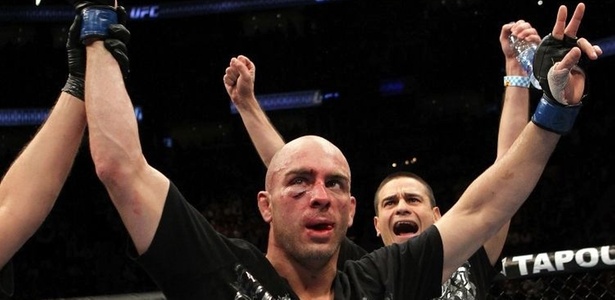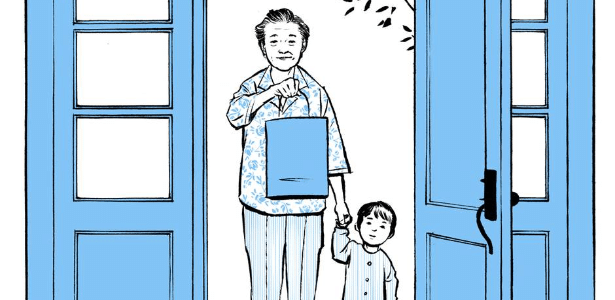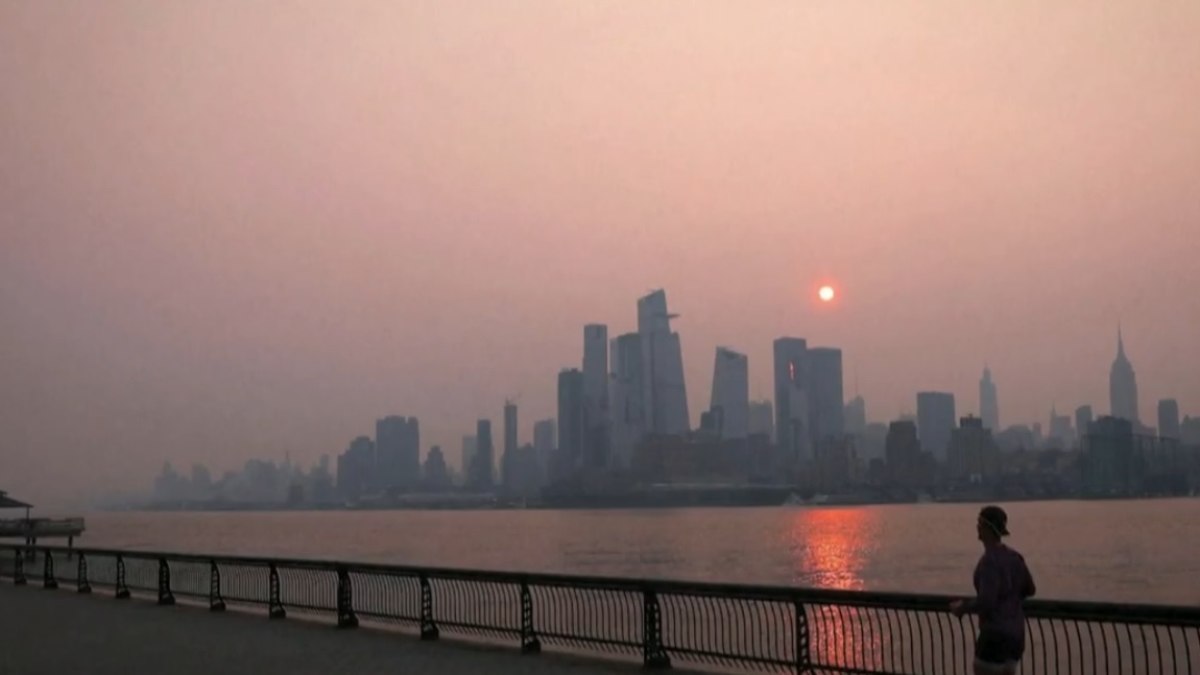FI am alonem Budapest for the nearly thirteen days I was in the city, from February 5 to 18. On the 17th the weather changed: rainy and cold. Exactly the day Jair Bolsonaro arrived. Brazilian journalists stationed in a stand in front of Sandor Palace, the official residence of the Hungarian President, suffered with the wind that awaited Bolsonaro. The Brazilian president got out of the official car, dressed modestly and staggered in the gust of wind, then stood up straight. Later, at the Karmelita Palace, where Prime Minister Viktor Orbán’s office is located, Bolsonaro delivered an emotional speech on values, freedom and family. In the end, he stated that he saw Orbán, the far right star in the world, as a “brother”.
In the report piauí_186, let me tell you why Bolsonaro likes Orbán. Between one interview and another, I took photos of the city with my cell phone and decided to share them in this album which, during my investigations, served as a kind of visual notebook. The photos show a generally sunny Budapest, separated not only by the Danube River, but also by political and cultural wars. On the one hand, the extreme right is increasingly active and, on the other, the character is in resistance to Orbán.
In the thirteen days I spent in Budapest, I saw two extreme far-right demonstrations. One of them (below) is promoted by the Mi Hazánk party, whose members wear military-style uniforms and carry banners with the cross of Saint Stephen, Hungary’s patron saint.
Another demonstration (below) was that anti-vaccination activists, who offered solidarity to Canadian truck drivers, went on strike against mandatory vaccination passports to enter the country.
Budapest has active academic rights. The think tank Matthias Corvinus, which has received more than $1 billion in government budgets, hosts a symposium that brings together prestigious conservative scholars from around the world. Ahead of Bolsonaro’s arrival in Budapest, the center held a debate on the theme “The values we want to pass on to our children”. The program also features topics such as “Women x Feminism”.
Balasz Orbán (above), head of the Corvinus council, set the tone for the evening: “Rainbow flags have replaced red flags.” He follows conservatives who think that the big factor destabilizing the West is no longer communism, but the LGBTQIA+ movement. Another Orbán, prime minister, has used this speech in his election campaign.
Even the Corvinus cafeteria is in tune: paying homage to the British conservative thinker Roger Scruton. The symposium is completely free for those who register, including snacks. It gets crowded.
But it’s not just conservatism that lives in Budapest. The nights are very busy, and the main attraction is the ruins of bars, such as Szimpla, which are bustling. They are built in a dilapidated house, as the name suggests, and have several rooms converted into a fraternity neighborhood.
Kisuzem Café, below, is a meeting place for writers and filmmakers. Hungarian cinema and literature – which Orbán currently scorns, as I describe in the report – are admired around the world.
The LGBTQIA+ meeting point is Aurora (below), which is a bit far from the Center. It was closed several times on the pretext of making too much noise at night, but refused. During his third term, Orbán waged a culture war against Hungary’s LGBTQIA+ population, passing a law banning homosexuals from appearing on TV after a certain amount of time, for example.
This is the Party District, the city’s bohemian neighborhood, full of bars and synagogues. It’s also where the main ruin bars are located, such as Szimpla and Kisuzem.
But even there, there was the headquarters of Fidesz, Orbán’s party.
Party District at night.
Budapest is a city obsessed with monuments. One of these, in which the archangel Gabriel – representing the Hungarian people – was flogged by an eagle – Germany – became the scene of almost daily protests. According to protesters, he is faking a historical reality. The persecution of Jews in Budapest didn’t just happen after the Nazi invasion in 1944. It existed before.
The idea of the Hungarian victims of the two invasions – Nazis and Communists – it is the base of the Casa do Terror museum.
Hungary Orbán is the country that issued almost the entire university, the “University of Central Europe”, which was financed by Orbán’s number 1 enemy: George Soros. In a beautiful institution building, empty spaces attract attention. A small number of teachers live in Budapest. Most of them moved to Vienna.
Inclusive-themed children’s books fined in Hungary. But books in English that were critical of Orbán, or on topics the regime disliked, were freely displayed in the Best Seller bookstore, next to the university, which focused on publications in English.
It was in this autocratic, and at the same time very culturally vibrant, environment that Bolsonaro landed on 17 February, for a visit to Orbán. The photos below show the moment I got closer to the president, who canceled a press conference for Brazilian journalists.

Bolsonaro and Orbán entered the room exchanging smiles.
In the meeting, only ministers, diplomats and soldiers had a place, in the case of the Minister of Defense, Walter Braga Netto. Carlos Bolsonaro did not have an assigned seat, but ended up taking the diplomat’s seat.
In Budapest’s obsession with monuments, there is no longer any place for statues of socialist realism, which prevailed in the era of communism. They’re hidden away in areas like Parque Memento, on the outskirts of town, in an area where there are few public transport options and app drivers don’t come. There are Marx, Engels, Lenin, Stalin and others. Orbán’s opponents say that one day his statue could end up there.


“Coffee aficionado nerd. Troublemaker. General communicator. Gamer. Analyst. Creator. Total brew ninja.”
































